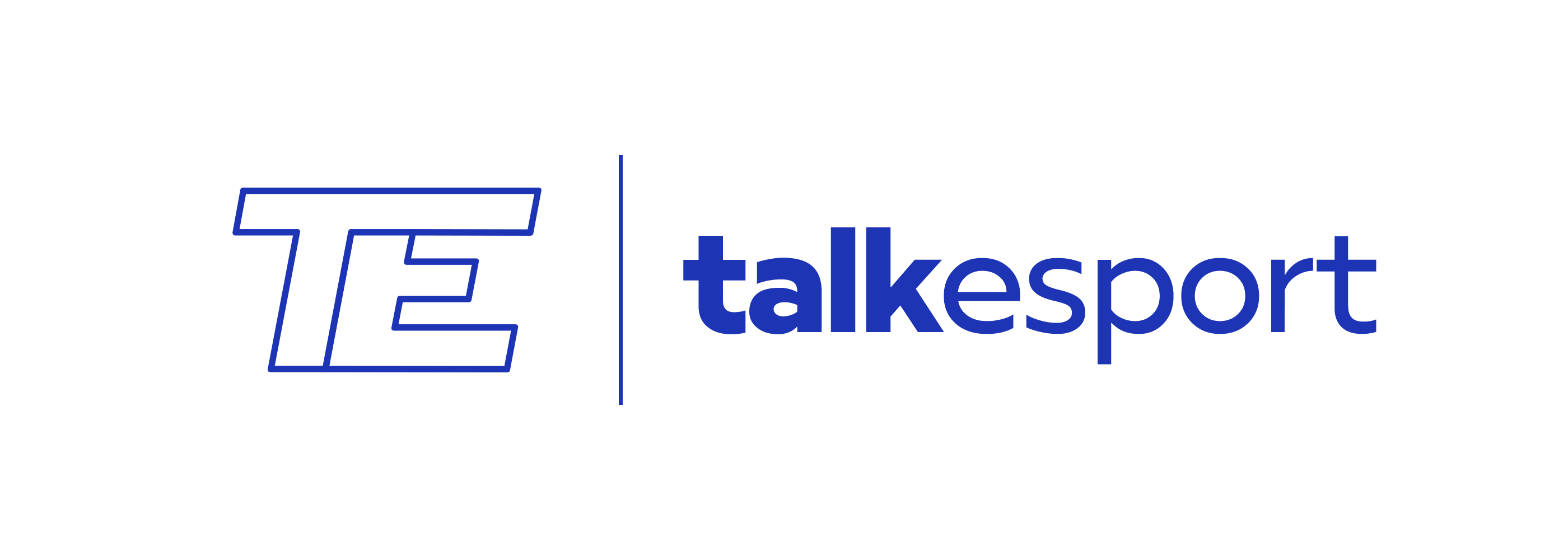For 2022, Valve overhauled the Dota 2 battle pass system significantly, separating it into two sections for the first time and distributing the content across five months.
Reports show that the corporation made approximately $293,024,922 from September 1st through January 12th, suggesting that the choice to charge for content was successful.
With the format of last year’s Battle Pass varying significantly from those of its predecessors, many were left confused about several features of the TI 2022 Battle Pass, the TI11 prize pool, and more.
Multiple data aggregators, including Team Secret and STRATZ, estimate that Valve made approximately $293 million in revenue from the battle pass over the course of those five months.
The Dota community has been dissatisfied with the firm as a result of its high profit margin and low reinvestment in the competitive scene.
25% of all battle pass revenue is returned to the game by Valve every year, which is added to the overall prize fund for The International. Consequently, TI has surpassed every other esports competition in terms of prize money every year since 2015.
Every TI tournament since the first one in 2011 has had a larger prize pool than the one before it, with the exception of TI11, which broke a streak of ten years.
However, Valve’s customary 25% kickback to TI11’s prize pool only applied to Part I of the battle pass. After that, every dollar made from the battle pass went straight to Valve’s coffers.
Taking a different approach from previous years, Valve has decided to try out something new with this year’s Battle Pass, and it’s not necessarily bad. The splitting of the Battle Pass duration into two parts enables the community to enjoy it for an extended period of time, but it has its downsides.
The prize pool of the TI11 undoubtedly took a hit in this new format. Generally, 25% of all the purchases made through sales of the Battle Pass go directly into the prize pool of The International.
As the Part 2 of the 2022 Battle Pass went beyond the conclusion of The International 2022, the purchases made by the community during that period didn’t fund its prize pool.
The Part 1 of the Battle Pass was the same as the Battle Passes of any other year’s, where fans can pay to purchase the Battle Pass and then grind or spend their way through the levels and earn various rewards. But some rewards, features, and game modes are locked till the release of Part 2 of the Battle Pass.
The total amount of money up for grabs at TI11 after the first day’s play was $18,930,775, thanks to the $17,330,775 raised through crowdfunding and the standard $1.6 million that Valve adds.
That was a far cry from TI10’s record-breaking $40,018,400, and it only managed to finish above TI5 by a hair. This broke the historic streak and left the community wondering what may have been.
Having Ti have the largest annual prize pool is great, but making it so rich while not supporting the rest of the scene more substantially could be harmful to Dota, as several players and personalities in the competitive scene have pointed out.
After hearing that Valve would not be contributing any of the money from the Part II battle pass to the TI prize pool, many prominent players were hoping the company would find another method to reintroduce itself to the scene.
However, judging by the current listings and projected prize pools for each regional league on the Dota Pro Circuit and the Majors in 2023, it appears that this will not occur.
Valve may change this approach in the future, but given its free TI11 Swag Bag and more material, it’s unlikely. This is especially true in October, when, for the first time since March of this year, Dota 2 surpassed one million participants.
For more updates on DOTA 2, make sure to follow TalkEsport on Google News.


